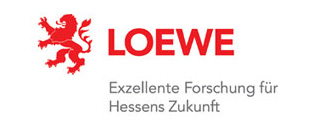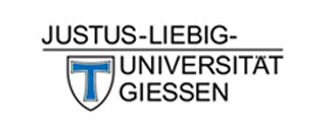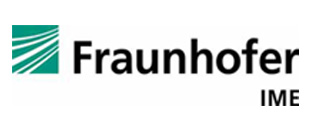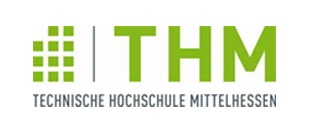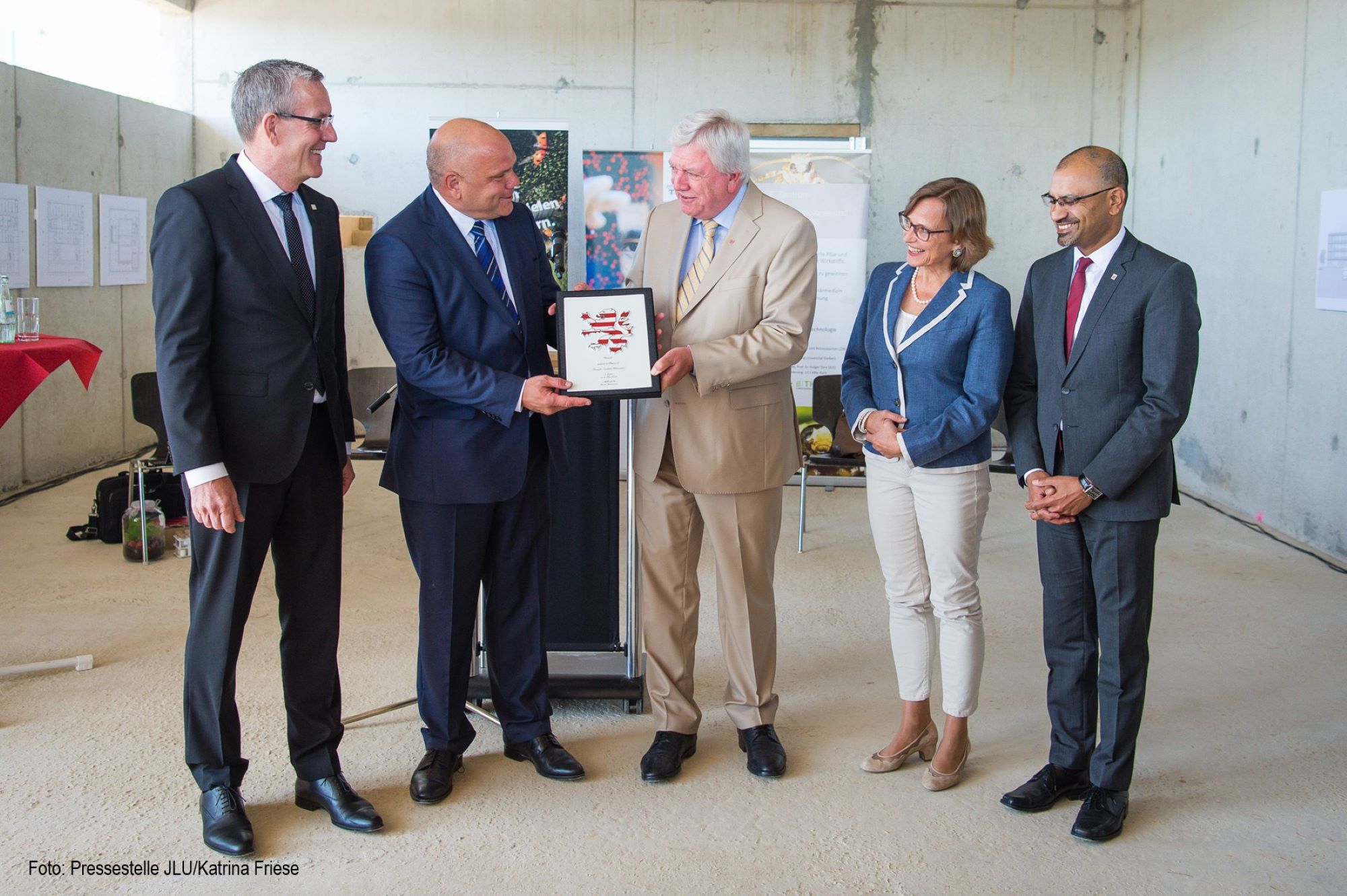About us
Direction
Contact
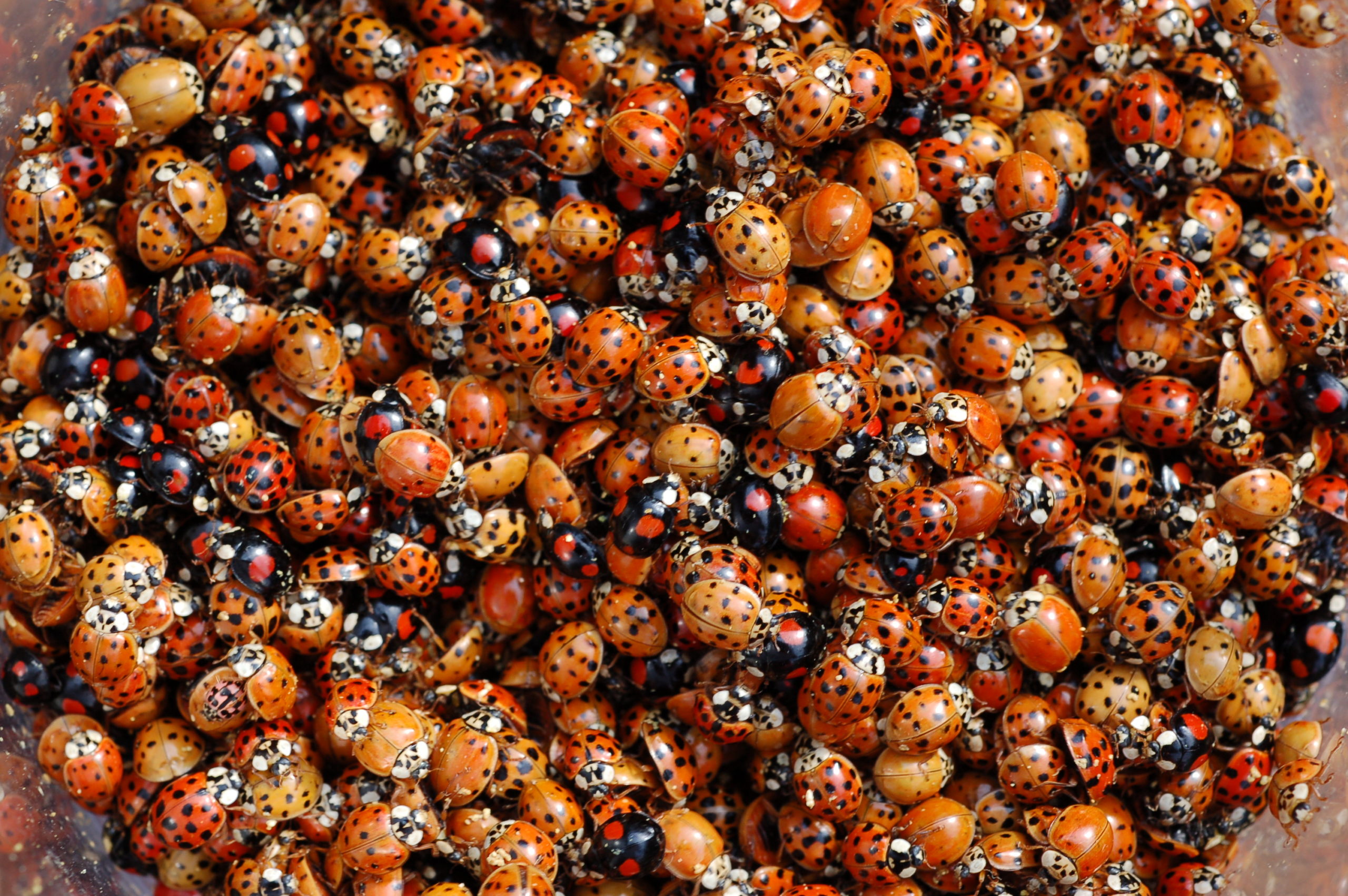
LOEWE Center for Insect Biotechnology & Bioresources
The LOEWE-Centre for ‘Insect Biotechnology’ uses insects as a bioresource for new products with applications in medicine, agricultural and industrial biotechnology. Involved in the project, funded by the State of Hesse, are the Justus-Liebig-University of Giessen (JLU, lead), the Fraunhofer Institute for Molecular Biology and Applied Ecology (IME) and the Technical University of Central Hesse (THM). Head of the project is the entomologist Prof. Dr. Andreas Vilcinskas (JLU / Fraunhofer Branch for Bioresources) with co-coordinator Prof. Dr. Holger Zorn (JLU).
Short portrait
Insects are evolutionarily the largest group of organisms with about 1.2 million species. Many species live in highly microbial-contaminated environments, use food or substrates that are hardly degradable or toxic to other organisms, or are pest and vector insects. Basis for the occupation of extreme ecological niches is often a unique repertoire of molecular tools, that can be used for applications in the fields of medicine (red biotechnology), plant protection (green biotechnology) and industrial biotechnology (white biotechnology)
The systematic development of new products and services based on insects (Insect Biotechnology or Yellow Biotechnology) is followed only since recently. The LOEWE-Centre ‘Insect Biotechnology’ is Europe's first operational unit in this highly innovative research field with tremendous growth prospects. Basis of insect biotechnology is the in-depth knowledge of the systematics and ecology of insects. After the knowledge-based selection of specialized insect species, application-relevant molecules can be identified with highly sensitive analytical methods, examined, and used for downstream applications.
So far, the group has discovered substances produced by beetles and butterflies that inhibit the growth of antibiotic-resistant bacteria, which will be further developed as new antimicrobial agents. Peptides originating from bugs and flies also proved to be useful for the control of fungi, which are responsible for significant crop losses worldwide. Salivary enzyme secretions of fly larvae have been discovered that enable the human coagulation system and can be used for wound treatment. Furthermore digestive secretions of grain pest beetles have been discovered, which are suitable for the preparation of gluten-free food products. Even insects models have been developed as an alternative to traditional animal testing for toxicity and efficacy testing of drugs. In addition, it was possible to develop new systems for environmental-friendly control of agricultural pests and mosquitoes.
Through the LOEWE Programme (Landes-Offensive zur Entwicklung Wissenschaftlich-ökonomischer Exzellenz) the state of Hesse is funding the joint project between the
• Justus-Liebig-Universität Gießen (JLU), represented by the Institut für Insektenbiotechnologie (Prof. Dr. Andreas Vilcinskas) and the Institute for Lebensmittelchemie und Lebensmittelbiotechnologie (Prof. Dr. Holger Zorn),
• the Institutsteil Bioressourcen des Fraunhofer-Instituts für Molekularbiologie und Angewandte Oekologie IME (Prof. Dr. Andreas Vilcinskas), and the
• Technischen Hochschule Mittelhessen (THM), represented by the Institut für Bioverfahrenstechnik und Pharmazeutische Technologie.
The most important stabilisation measure is the permanent establishment of an independent Fraunhofer Institute at the Gießen site. The scientific and structural development of the LOEWE Centre "Insect Biotechnology" ProLOEWE will be communicated to the specialist community and in particular to a broader public through the communication initiative.
"Learning from insects means learning to win"
Prof. Dr. Andreas Vilcinskas is head of the Bioresources section of the Fraunhofer Institute for Molecular Biology and Applied Ecology (IME) in Gießen and coordinator and spokesperson of the LOEWE"Insect biotechnology". Seit 2011 lehrt er zusätzlich als ordentlicher Professor für Angewandte Entomologie an der Justus-Liebig-Universität Gießen.
Insect species
exist all over the world. Thanks to their fantastic characteristics and abilities, almost all habitats on earth.
Employees
are researching the development of bioresources for use in medicine, crop protection and the food industry.
Publications
have already been published since the Centre for Insect Biotechnology & Bioresources was founded.
What is yellow biotechnology?
Yellow biotechnology (insect biotechnology) is the use of biotechnology to develop useful applications for whole insects as well as their organs, cells, molecules and symbiotic microbes, in the fields of medicine (red biotechnology), plant protection (green biotechnology) and industry (white biotechnology). The term yellow biotechnology was chosen because it is reminiscent of the yellow color of insect hemolymph, which has thus far yielded a number of useful and valuable chemicals, proteins and microbes.
